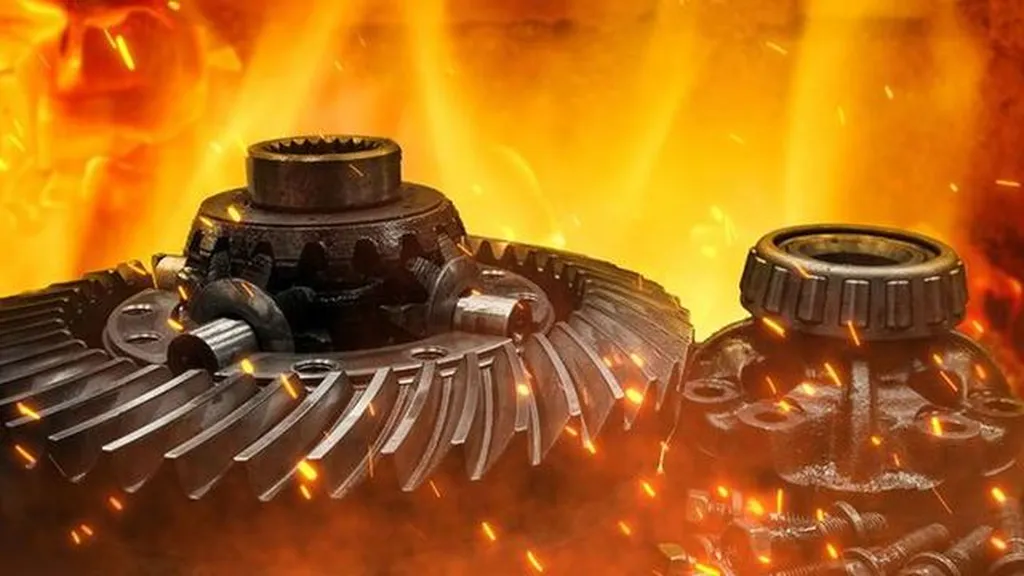In the relentless pursuit of materials that can withstand the punishing conditions of high-temperature environments, a team of researchers has uncovered crucial insights into the oxidation behavior of Fe-V alloys derived from vanadium slag. This work, led by Yanchao Bai from the College of Materials Science and Engineering at Henan University of Science and Technology, could have significant implications for the energy sector, particularly in applications like advanced power generation and industrial processes.
The study, published in the Archives of Metallurgy and Materials (Archiwum Odlewnictwa), focuses on the oxidation characteristics of Fe-V alloys at 800°C, a temperature relevant to many high-performance industrial applications. The research team employed a suite of analytical techniques, including X-ray diffraction (XRD), scanning electron microscopy coupled with energy dispersive spectrometry (SEM-EDS), and thermal gravimetric analysis (TGA), to meticulously examine the oxidation products and surface morphology of these alloys.
One of the key findings is that the oxidation kinetics of Fe-V alloys follow a linear trend over 180 minutes of exposure at 800°C. “The oxidation process is governed by the rate of oxide formation,” explains Bai. This linear trend suggests a consistent and predictable behavior, which is crucial for designing materials that can endure prolonged high-temperature exposure.
The oxidation products identified in the study include Fe2O3, (Fe0.6Cr0.4)2O3, and CrVO4. Notably, the thickness of the oxide layer increases with the vanadium content in the alloy. For instance, the oxide layer of the Fe-11V alloy was found to be approximately three times thicker than that of the Fe-7V alloy. This finding underscores the importance of vanadium content in determining the oxidation resistance of these alloys.
The presence of a porous oxide layer structure and microcracks on the surface of the oxidation products was also highlighted as a critical factor in the sustained oxidation of Fe-V alloys. These features can influence the material’s long-term performance and durability in high-temperature applications.
The commercial implications of this research are substantial. In the energy sector, where materials are often subjected to extreme temperatures, understanding and optimizing the oxidation resistance of Fe-V alloys can lead to the development of more robust and efficient components. This could translate into improved performance and longevity of critical equipment, such as turbines and reactors, ultimately enhancing the overall efficiency and reliability of energy systems.
As the world continues to push the boundaries of material science, this research provides a valuable foundation for future developments. By unraveling the complexities of high-temperature oxidation in Fe-V alloys, Bai and his team have opened new avenues for innovation in materials engineering. Their work not only advances our scientific understanding but also paves the way for practical applications that can drive progress in the energy sector and beyond.
In the words of Bai, “This work is useful for understanding the oxidation resistance of the alloy at high temperature.” Indeed, as the energy sector continues to evolve, the insights gained from this study will be instrumental in shaping the materials of the future.

